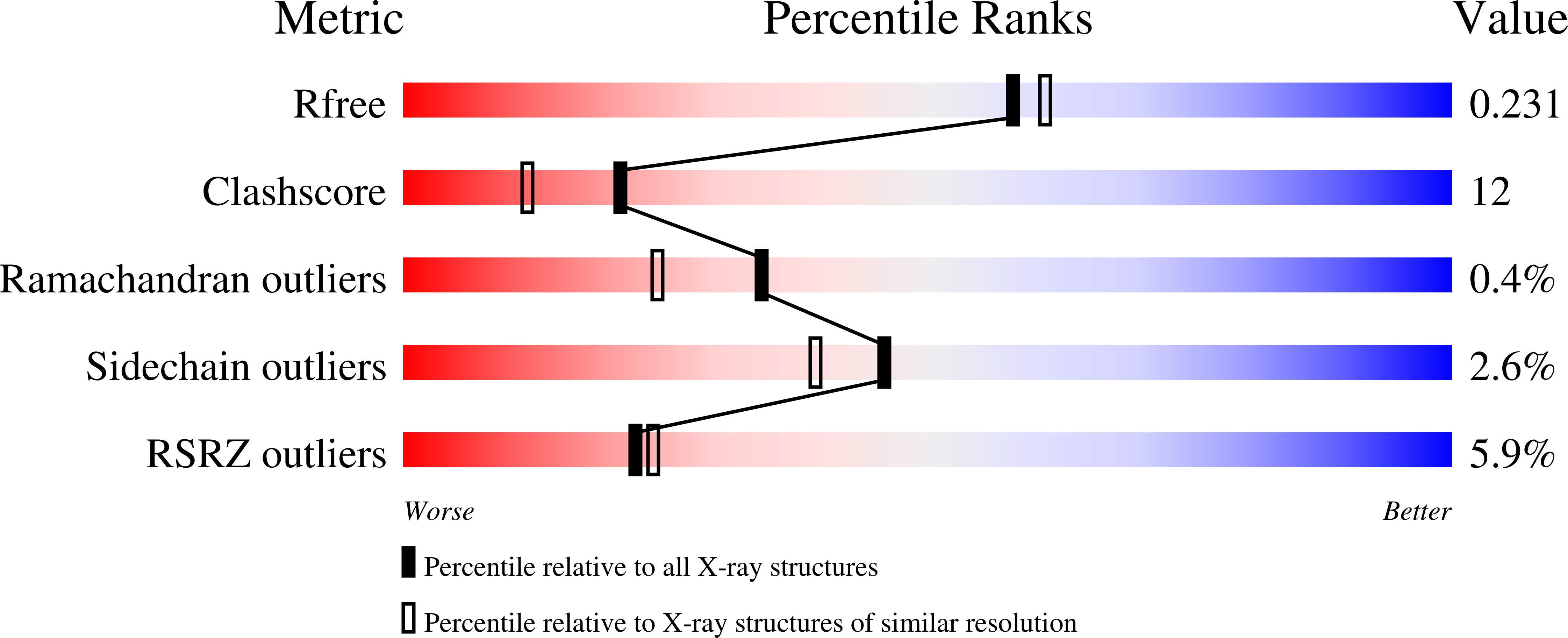
Deposition Date
2012-01-17
Release Date
2012-06-06
Last Version Date
2024-11-27
Entry Detail
PDB ID:
4DCB
Keywords:
Title:
Y. pestis Plasminogen Activator Pla in Complex with Human Plasminogen Activation Loop Peptide ALP11
Biological Source:
Source Organism:
Yersinia pestis (Taxon ID: 632)
Homo sapiens (Taxon ID: 9606)
Homo sapiens (Taxon ID: 9606)
Host Organism:
Method Details:
Experimental Method:
Resolution:
2.03 Å
R-Value Free:
0.23
R-Value Work:
0.18
R-Value Observed:
0.18
Space Group:
I 2 2 2


